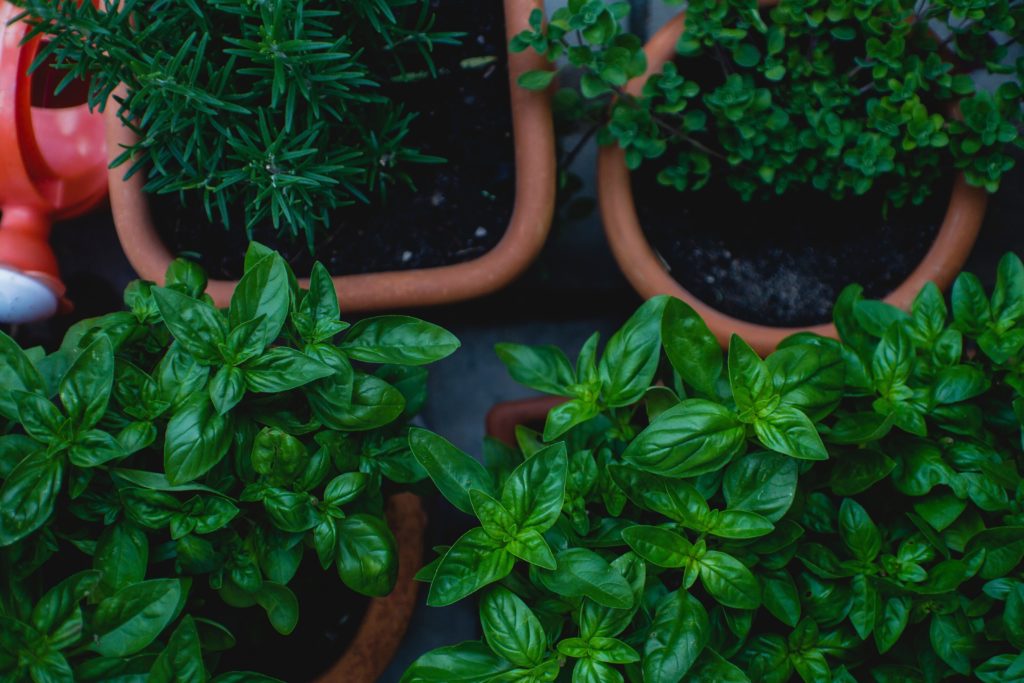Coco soil finds more and more use in our country. Whether for houseplants, or even plants that you care for in the garden, the soil is very versatile especially for growing. Actually a waste product from the production of coconut oil and coconuts, the coconut shells find use in the plant world today. Our topic in this article: Coconut soil – for which plants is it suitable? Have fun reading!
Contents
- 1 What is coconut soil
- 2 Advantages and disadvantages of coco soil
- 3 Advantages of coco soil
- 4 Disadvantages of coconut soil
- 5 For which plants is coco potting soil suitable?
- 6 Coco soil for indoor plants
- 7 Coco soil for vegetables
- 8 Coco soil for herbs
- 9 Coco soil for succulents and cacti
- 10 Conclusion for the use of coco soil
- 11 Author
What is coconut soil
The term “soil” is not quite right, because coconut soil actually consists of coconut fibers. More precisely, from tiny pieces of bark of the coconut palm. Often crushed coconut shells are mixed in. This provides the coarse and loose structure of the coco soil and the plant can absorb more oxygen. Advantage: There is less root rot. For sale, the coco soil is sterilized and pressed into pellets. For the different plants there are now also different compositions, which are adapted to the properties of these.

Important: coconut soil does not naturally contain nutrients. For this reason, it is necessary that you provide your plants that thrive in coco soil with additional liquid fertilizer and that from the beginning.
Advantages and disadvantages of coco soil
Like any soil, coco soil has its advantages and disadvantages. We have compiled a list of them for you here. So you have everything at a glance!
Advantages of coco soil
you do not have to water your plants very often, because the coco soil can store the water very well.
due to the sterile packaging there are no plant pests or fungal spores in the substrate. For overseas transport, the coco soil is pressed into handy and space-saving pellets or blocks. The small volume makes it easier to transport home later.
No use of peat. Therefore it is more environmentally friendly.
coconut soil can be stored anywhere, because it is very dry and therefore does not start to mold.
Disadvantages of coconut soil
a disadvantage that is hardly worth mentioning is that coco soil takes a moment to soak up water and become usable.
the commercial price of coco soil is a bit higher than that of normal potting soil.
it does not contain nutrients, so your plants will need regular and frequent fertilizer.
For which plants is coco potting soil suitable?
Now that we’ve clarified what the pros and cons are, you’ll probably finally want an answer to the question, “Coconut soil, what plants can it be used for?” We have put together a few examples for you.
Coco soil for indoor plants
Palm trees and indoor trees: in general, coco soil works very well for palm trees and other indoor trees. But of course every plant is different and has different requirements. Therefore, make sure that the plant you want to plant in coco soil prefers high water permeability.
Bonsai: Bonsai plants like a mixture of coco soil and expanded clay, as it increases the water holding capacity.
Orchids: The countless orchid species have one thing in common: they have special requirements as far as the substrate is concerned. You can mix a little coconut soil into the special orchid soil.
Coco soil for vegetables
Peppers, tomatoes, zucchini: For these vegetables, coco soil is ideal for sowing in a seed tray. However, as soon as you transplant the young plants into their own pots or into the garden, you should use more nutrient-rich soil. Of course, you can always mix in a little coco soil for better water retention.
Coco soil for herbs

Parsley, basil
Coco soil for succulents and cacti
Cacti and succulents such as aloe vera and echeveria prefer nutrient-poor soil, but the soil also needs a high water permeability. For this reason, coco soil is not ideal for succulents or cacti. Therefore, it is better to use a special succulent soil or mix your coconut soil with potting soil and lime-free sand.
Conclusion for the use of coco soil
The only thing you need to keep in mind when using coco soil is how you care for it after planting. That means you should make sure that you always give your plants enough nutrients. For example, you can add liquid fertilizer right when you activate the soil. Most houseplants should be fertilized every 2 – 3 months. With coco soil, you should mix about 1/4 fertilizer into your water once a month and the amount prescribed on the package every 3 months.









